DIABETIC FOOT CARE
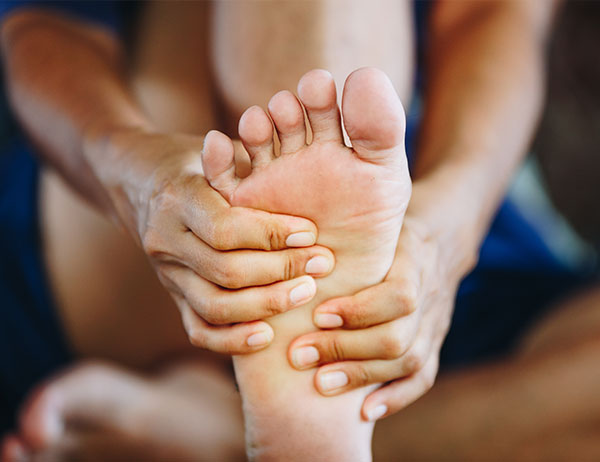
Blood vessels located all over the body are damaged due to diabetes – even the blood vessels of the feet. Neuropathy, or nerve damage, can result from slower blood flow in the legs and feet. In diabetic patients, neuropathy is very important to monitor, as diabetics are at risk for developing ulcers. Part of diabetic foot care includes washing and thoroughly drying the feet on a daily basis. There should be a focus on cleaning between the toes. Even if no pain is felt, the entire foot should be examined for redness and sores.
Foot Note: Diabetic feet must be inspected on a daily basis. Set up regular visits with your podiatrist since proper diabetic foot care is necessary. If you suspect that you have a wound, notify your doctor immediately. Early treatment and daily inspection of diabetic feet are keys to staying healthy.
INGROWN TOE NAILS
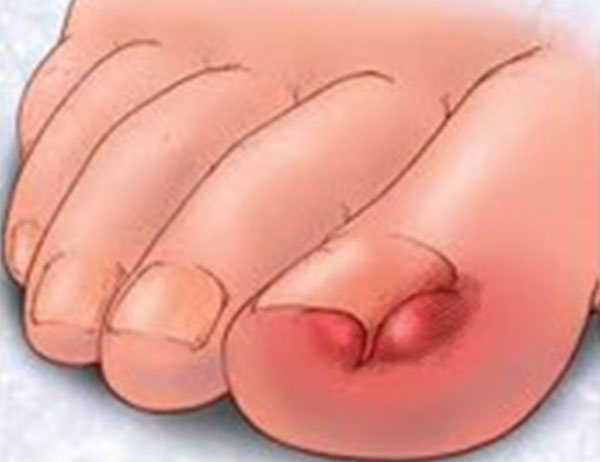
Symptoms Include Redness, Pain, Swelling at the toenail, Tenderness, Limping, Infection around toenail
Foot Note: All of the following can contribute to an Ingrown Toe Nail: Wearing poor fitting shoes that crowd toenails, Cutting toenails too short, Broken toenails, Trauma to the toe or nail plate, Unusually curved toenails, Genetic predisposition.
ORTHOTICS
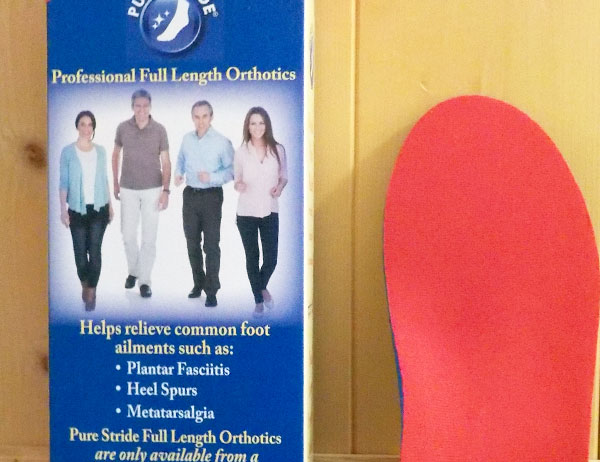
These are professional full-length orthotics that help relieve common foot problems such as Plantar Fasciitis, Heel Spurs, Metatarsalgia.
Foot Note: These Orthotics will give pain relief in the arch, heel, and metatarsals.
BONE, JOINT AND HEEL PAIN
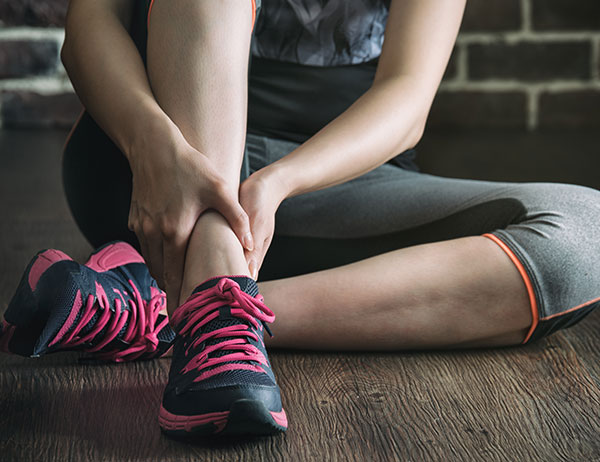
Arthritis is a catchall term for more than 100 different types of joint disease that can wreak havoc on every joint in your body, including those in your feet and ankles. There are many different forms of arthritis, including:
- Osteoarthritis, which is a degenerative disease caused by wear and tear
- Rheumatoid arthritis, which is an autoimmune disorder that attacks your joints
- Psoriatic arthritis, which can affect people who have the skin condition psoriasis
- Gout, which causes sudden bouts of inflammation and pain in your feet and ankles because of uric acid buildup
This list is by no means comprehensive, but it represents the most common types of arthritis that can affect your feet and ankles. No matter what type of arthritis you suffer from, the most common symptoms include:
- Pain
- Swelling
- Tenderness
- Heat
- Stiffness
FRACTURES AND INJURIES
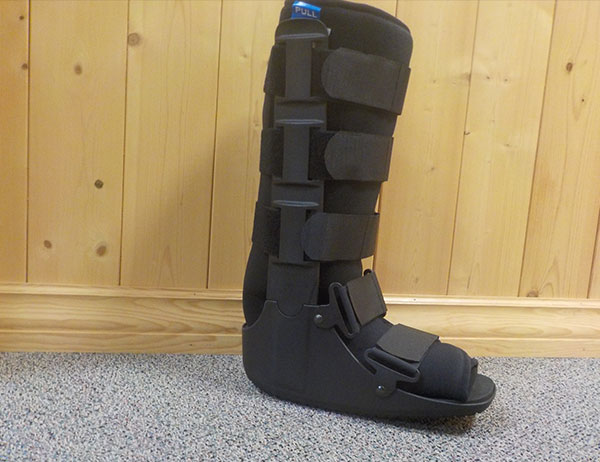
There are many types of Fractures and injuries of the foot and ankle. One type of fracture is called a stress fracture which can be a result of sudden injury, or due to repeated stress.
Foot Note: The human foot and ankle contains about 26 bones that provide structural support.
NAIL, SKIN AND WART CARE
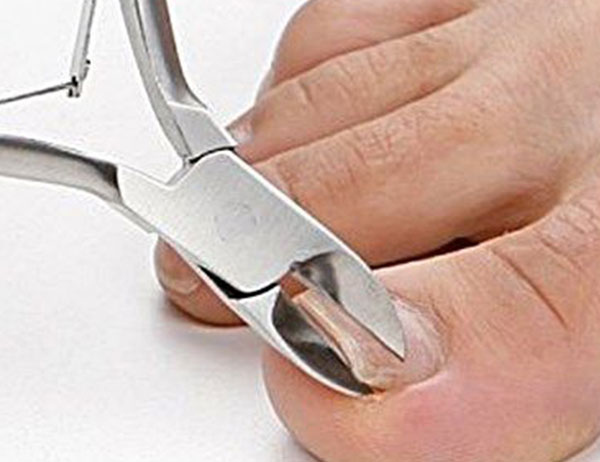
- Trimming of Nails
- Ingrown Toenails
- Infections/Cuts
- Toenail Fungus
- Plantar Warts
CORNS / CALLUSES
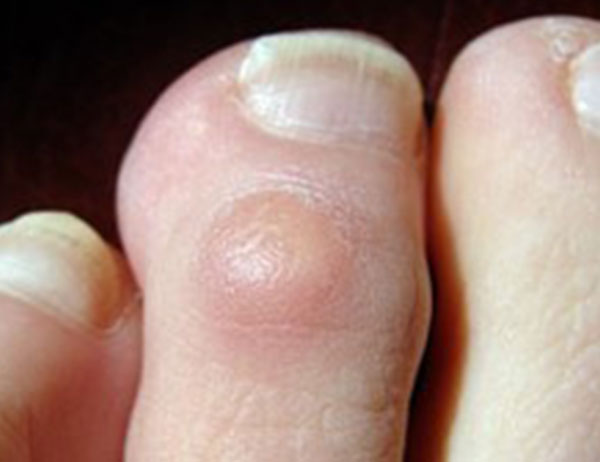
A Corn or Callus are thickened areas on the skin’s surface, commonly found on the feet. Corns are circular or cone-shaped and develop where there are areas of pressure or friction, such as on the little toe when it rubs up against shoes or on the ball of your foot. Corns are raised bumps that can be painful when pressed, but Calluses are not usually painful. Calluses are usually found on the outer edge of a toe or the heel.
Foot Note: To prevent corns, the first step is reducing friction. Always wear shoes that fit well and don’t rub the feet.
DR. COMFORT SHOES
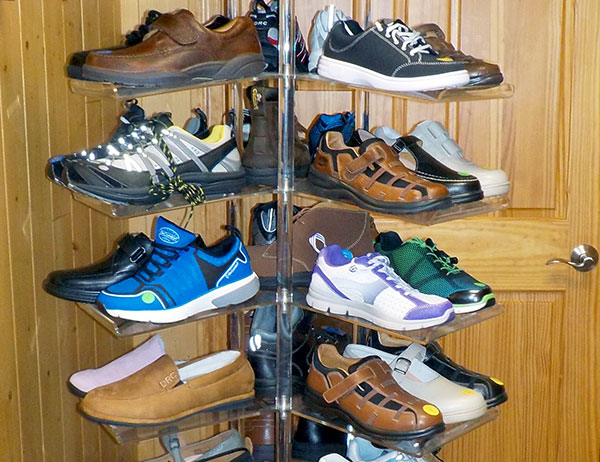
These shoes come in a variety of styles for both men and women. Dr. Comfort Shoes aren’t available in traditional shoe stores, but they can be ordered through our office because our office is an authorized Dr. Comfort footwear partner. The cost of these shoes—and custom Dr. Comfort inserts—may be covered by Medicare and supplementary insurance if diabetic.
Foot Note: Proper footwear can help prevent more serious complications for those at risk of diabetes. If you qualify, Medicare or other insurance plans may help cover the cost.
